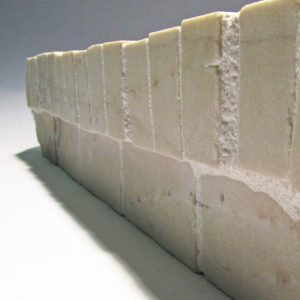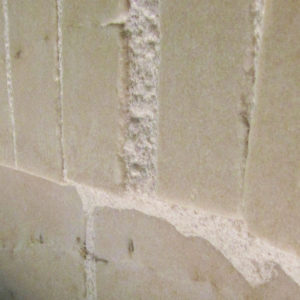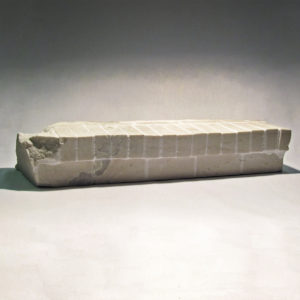Hi-Fructose Magazine: Sebastian Martorana’s Sculptures Forged in Reclaimed Marble
Great feature in Hi-Fructose by Andy Smith.
Follow this link or click the image to see the write up.
Great feature in Hi-Fructose by Andy Smith.
Follow this link or click the image to see the write up.
When I drop my children off at daycare or school I experience a minor amount of anxiety. I don’t like to admit it, but I do—and we have excellent childcare.
I can get worried when I can’t get in touch with my wife when she is out with the kids, because my head will go to the worst possible nightmare scenario given even a brief period of uncertainty as to the whereabouts of my family.
I CANNOT even begin to fathom the crippling horror and fear that must overcome a parent that has had their child taken away from them with no sense of where they are and when they will be reunited.
I am not “sad.” I am enraged.
Sadness is what one feels after an accident or a natural disaster. Those are tragedies. What has happened to families at the boarder is an ATROCITY—not a tragedy. It was done on purpose to be punitive and inflict the greatest possible damage. There was no plan for reunification. Even if there was—it cannot be undone.
There is no “fixing” this. Even IF the U.S. Government meets the goal of 100% reunification by the “deadline” (just hours away), this trauma will be permanently etched upon these children and parents as though it were carved in stone. That is a metaphor, but not hyperbole. Look at the research.
While this event cannot be undone, those responsible for it can. This was done by a specific group. That group was given power through an election. And through an election that power can be taken away.
Silence, inaction or a vote in support of those who would cause this to occur is tacit support of the worst behavior of and against humanity. A choice to abstain from voting is the same, perhaps worse.
No political party that would support this should remain in power. I will not layout voter statistics here, but in short, voter apathy allowed this to happen. We cannot undo the atrocity that has occurred, but we can prevent it from happening again.
I feel rage.
I hope you feel it too.

New Construction, marble, 8 x 46 x 14 in.
Ever since I showed the first New Construction piece (the cinder block), people have been telling me: “You should carve a brick! You should carve a brick!”
People are always telling me what I should carve and sometimes they are right. But in this case, honestly–that didn’t sound very interesting. Conceptually it made sense; bricks are another modern material being used to replace what once would have been marble. I am always saddened when I see a set of bricks slapped up where stone steps once existed stoops (particularly those new smooth and perfect bricks that lack any of the charm of the aged and irregular bricks that new-old-homeowners are always exposing). And, more often than not, the bricks aren’t even laid well! And, one or two steps on the outer edges are usually missing or have been re-set at one time or another.
Yet still, “a brick” was still not interesting enough to compel me to just carve one out of stone . . . Then I remembered something that one of my grad school professors, Ming Fay, said during a group crit: “If you are going to do something simple — do a lot of it.”
It then occurred to me that unlike a cinder block, a single brick is not very structurally or sculpturally dynamic, but like a cinder block they are meant to be used in concert. So I decided to just illustrate the thing that I was hoping to speak against: a step made of bricks that was once a step of marble.

New Construction, marble, 8 x 46 x 14 in.
This proved to be quite a challenge. On one hand this is one of the rawest sculptures that I’ve ever done; the broken edge and the un-finished, roughly tooled interior sides were left un-re-carved. On the other hand, because I was trying to represent a series of nearly perfect and identical objects assembled together imperfectly, the piece was extremely technically demanding. I spent a lot of time removing very small amounts of stone to make sure that right angles were actually right angles. Add to that the fact that this particular stone had a wide vein of some of the hardest minerals present in nature.
It would have actually been far easier to carve a series of bricks that were aligned perfectly rather than a series of bricks that are slightly out of kilter. This is definitely the kind of piece that owes credit to my trainers at Manassas Granite & Marble, Inc. who, during my apprenticeship, instilled the technical skills and discipline of the craft of carving that now allow me the ability to make this kind of sculptural work.
So while one carved brick would probably be pretty lame — I’m hoping that twenty-six carved bricks are not.

New Construction, marble, 8 x 46 x 14 in.